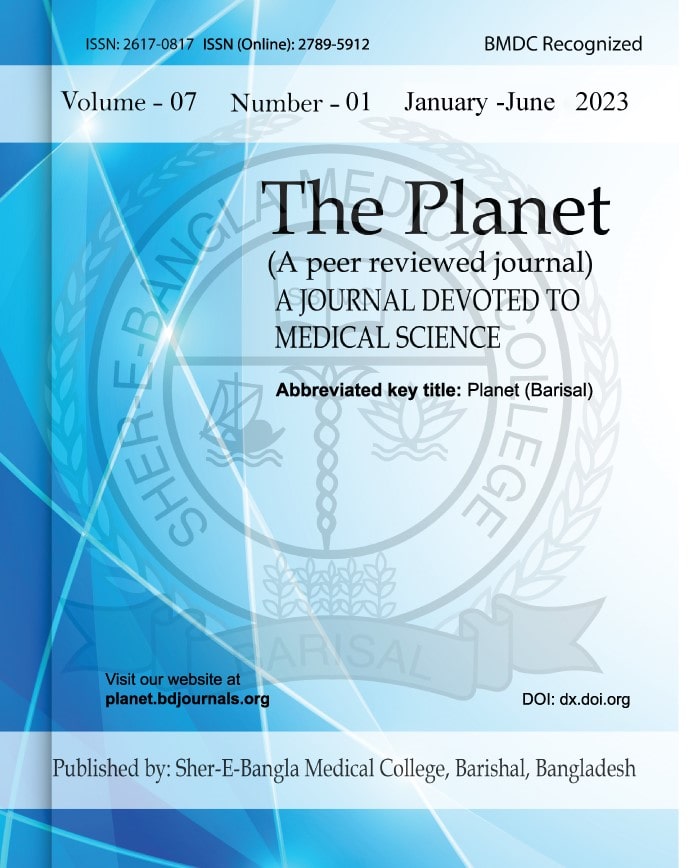Abstract
Introduction: Refractory epilepsy, impacting 10–20% of children with epilepsy, significantly affects the child's education, social interactions, cognitive function, and recreational activities. A thorough clinical assessment can unveil precise syndromic and etiological diagnoses. Recent strides in neuroimaging and electrophysiology have transformed the management, complementing clinical evaluation. Aim of the study: This study aimed to assess the clinical and electroencephalogram patterns of refractory epilepsy in children. Methods & materials: This prospective observational study was conducted at the Department of Pediatric Neurology, Combined Military Hospital, Dhaka, Bangladesh from July 2022 to June 2023. A total of 42 diagnosed cases of refractory epilepsy were selected as study subjects using a purposive sampling technique. Data collection was conducted using MS Office tools. Results: This study found that 50% of cases had syndromic epilepsy, 33% had symptomatic epilepsy, and 74% had onset within the first year. Episodes lasted minutes and occurred over 5 times annually. Regarding EEG findings, consistent with generalized epileptogenic activity was observed in the highest number of cases (28.58%). 14.29% of cases showed generalized tonic-clonic seizure. In the current study, diagnostic findings revealed that the highest number of cases (33.33%) had infantile spasms. Additionally, 16.67% and 9.52% of cases were identified with seizure disorder and refractory epilepsy with tuberous sclerosis, respectively. Conclusion: Among children with refractory epilepsy, syndromic epilepsy is most prevalent. To pinpoint distinctive features such as generalized tonic-clonic seizures, epileptogenic activity, infantile spasms, and epileptic encephalopathy, the electroencephalogram (EEG) emerges as a highly effective diagnostic tool.

This work is licensed under a Creative Commons Attribution 4.0 International License.
Copyright (c) 2024 The Planet


 PDF
PDF